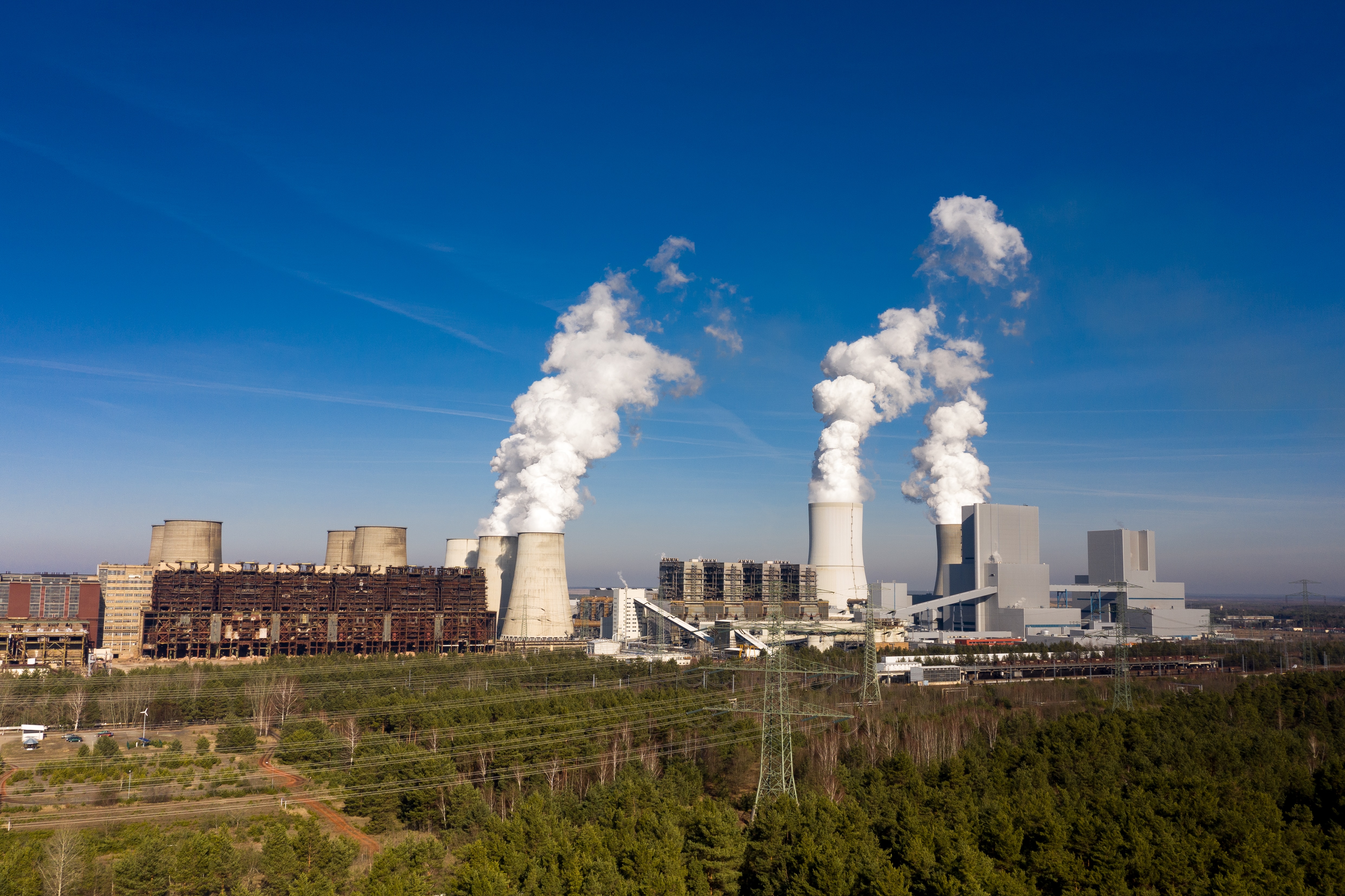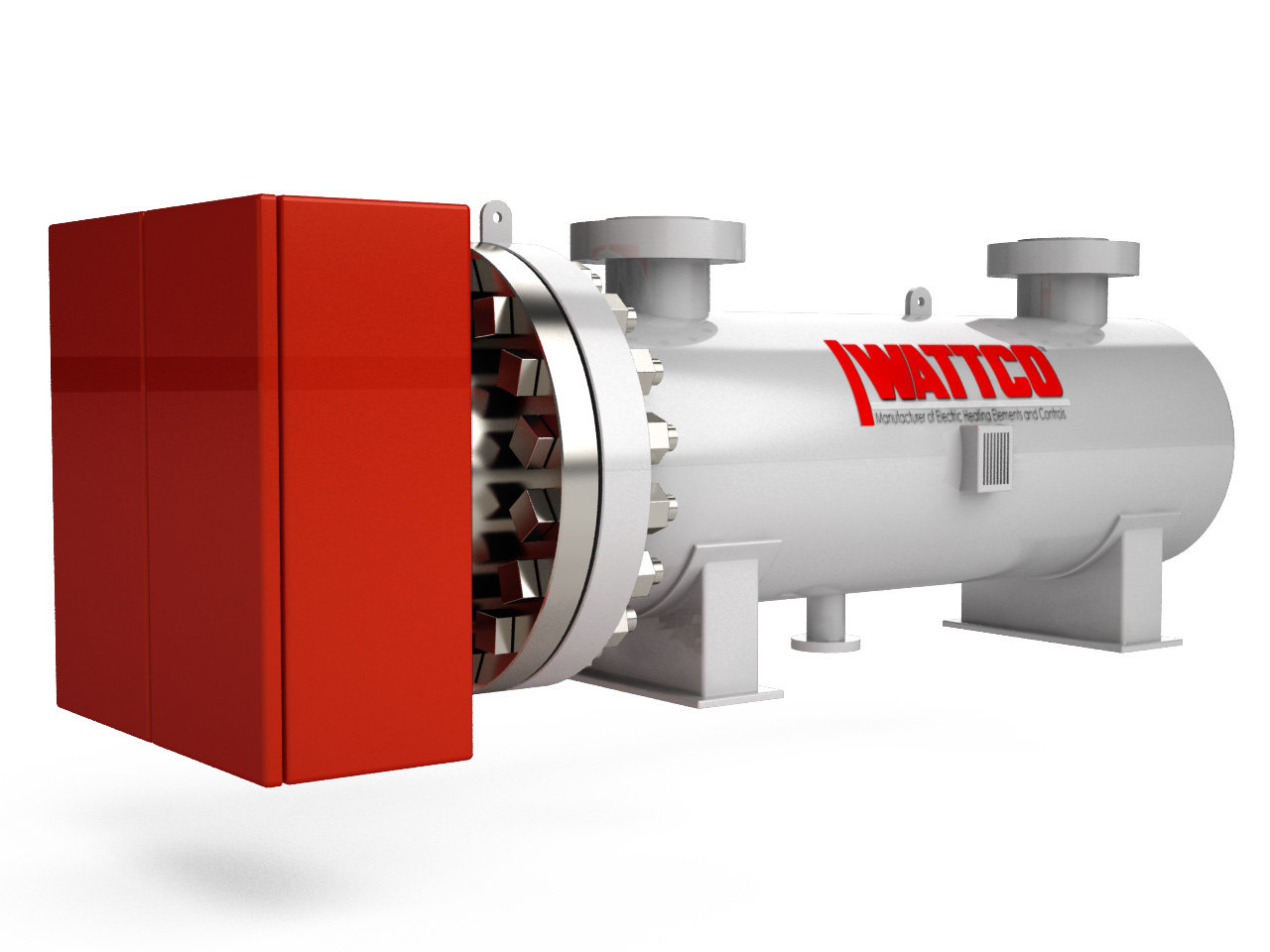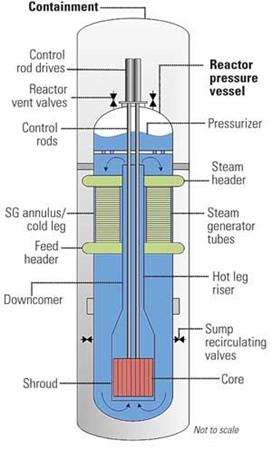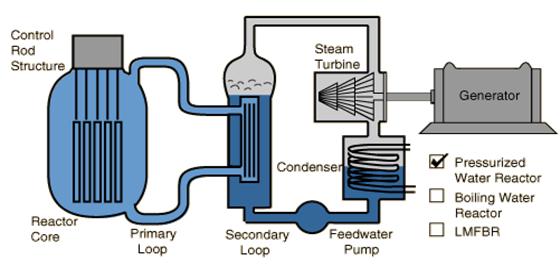THE USE OF INDUSTRIAL IMMERSION HEATERS IN NUCLEAR POWER PRODUCTION
 Concerns of global warming, air pollution and other wide-reaching environmental distresses have in the recent years led to the world’s search and preference for safe, clean and more environmentally friendly power production solutions. One such option available from clean, safe and reliable energy production alternatives is that of nuclear power.
Concerns of global warming, air pollution and other wide-reaching environmental distresses have in the recent years led to the world’s search and preference for safe, clean and more environmentally friendly power production solutions. One such option available from clean, safe and reliable energy production alternatives is that of nuclear power.
Nuclear power also referred to as nuclear energy, can simply be described as the application of exothermic nuclear processes in the generation of efficacious heat and electricity.[1] This source of reliable, competitive heat and electrical energy has by many experts been championed as the best and only source of power that can be used to substitute a significant part of fossil fuel use – which accounts for massive atmospheric pollution and contributes to the greenhouse effect. [2]Nuclear (fission) power stations, excluding contributions from naval or nuclear marine propulsion reactors accounted for approximately 13% of the world’s electricity and 5.7 % of the world’s energy in the year 2012.[3] With such data or statistics being noted, it is only natural to assume a steady increase in the use of this renewable energy source, bring to light the application and importance of industrial circulation heaters in the nuclear power production industry.
The Nuclear Power Production Process:
As indicated in the preliminary section of this article, the nuclear energy sector typically serves to offer electricity and heat to end users by harnessing heat energy created from nuclear fission within a contained environment. This process of heat and electrical power generation is achieved through the breakup of atom nuclei into small pieces conducted within the confines of a controlled reactor which leads to the production of massive amounts of thermal energy intended for use in a water heating process that produces steam. Steam produced from the water heating process is then used to move electricity generating turbines which subsequently result in the conversion of thermal energy to electrical energy[4]. It is evident from the description above that the production of energy through nuclear fission requires precision and as such, the application of control systems in monitoring and adjusting the numerous parameters vital to the successful attainment of results in the process. It is here that the application of immersion heaters comes in to assist in the generation of electrical heat required in the control systems mentioned above.
Immersion Heaters in the Nuclear Power Production Process:
Immersion heaters in simple words can be defined as devices installed in containers or tanks to heat liquid. There are three different types of immersion heater, namely: circulation, over the side and flanged[5]. As their name implies, circulation immersion heaters are made up packaged units of screw-plugs mounted on thermally insulated heating chambers. The metallic components or elements that make up the immersion heater work as electrical resistors that efficiently transform electric power to thermal energy. Circulation immersion heaters are the most popular type of immersion heater used in most industrial sectors. This type of immersion heater is assembled using packed units containing screw plug or flanged immersion heaters positioned in a thermally cloistered heating chambers designed to offer efficient heating capabilities of liquid medium through line or side arm operation. In most case, immersion heaters used in pressurized water reactors are controlled through the use of a sensor placed within the enclosed liquid that helps send signals to a control unit where temperature parameters are imputed to control heat.
Figure1: Circulation Heaters
Figure 2: Natural Circulation System
Source:Power Mag <http://www.powermag.com/the-race-to-commercialize-mininuclear-reactors/>
Electric heating devices are the most commonly used tools employed in the nuclear power production process to regulate pressure within pressurized water reactors – a predominant kind of nuclear reactor. The primary coolant in this kind of nuclear reactor (i.e. highly pressurized water) is used in absorbing heat ensuing from the controlled fission reaction. The heat resulting from this process is then channelled to the working fluid, typically water, through the use of an exchanger. Working fluid, due to the heat is basically transformed to steam and then employed in driving the turbine/s which subsequently creates electric power ready for commercial use. Pressurized water reactors are required to keep their main coolant at 321 degrees centigrade in its liquid state so as to attain it objective. In order to ensure that this condition is met, a high pressure loop of 2250psi must be maintained by connecting an external container referred to a “pressuriser” to the loop[6]. The pressuriser in this respect can simply be described as a vessel filled with steam and water and fitted with an electric immersion heater. Nuclear power plants that generate roughly 2500 – 3000 MWe of electricity typically require the use of an 1800kW capacity electrical immersion heater to facility production[7]. The loop pressure is controlled by pressure produced from steam whereas the pressure of the steam is regulated by the pressuriser such that when reactor sensors notes a fall in pressure the electric immersion heater in use is turned on to heat the water, transforming it in to steam so as to increase the general pressure within the loop.

Figure 2: Pressurised Water Reactor
Source:Hyper Physics: <http://hyperphysics.phy-astr.gsu.edu/hbase/nucene/reactor.html>
Immersion circulation heaters are an ideal type of electrical heater for use within the nuclear power production industry. Their versatility in size, design, high efficiency and simplicity in production/manufacture make it a great option for use in pressurisers within pressurized water reactors. The main benefits of circulation immersion heaters are that they offer users the safety requirements called for in highly sensitive environments such as nuclear power production, their precise control or regulation capacity allows users to attain their specific heat requirements easily while their feature of high limit controls provide enhanced safety in situations where elevated temperatures surpass the required level. The fact that they are straight forward installation and have extremely low maintenance requirements are just another two why circulation heaters are the most ideal fit for the nuclear power production process.
